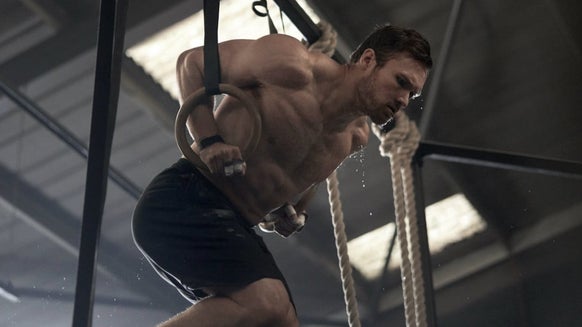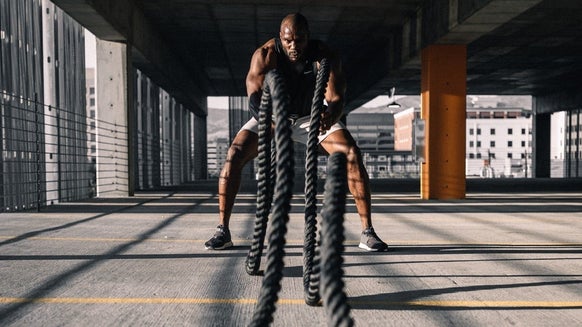
There’s a playground-like rumour going around in many a gym that says using the Smith machine in place of free weights on leg day is cheating.
The internet and its many gym-centric forums has its million varying opinions, but what are the facts?
Are You Cheating?
When it comes to exercises specifically for your legs, a common misconception is that you are only working your legs. You may be approaching your workout week by compartmentalising which muscles you’ll be focussing on and when, but don’t let your planning be limited to that.
True, if you go on the leg extension machine you’ll be isolating your thigh, but if you’re performing compound lifts to build your thighs you should realise that several other supporting muscles will also be getting the benefit – not just leg muscles, but your back, core and shoulders too.
The generalised basis for the Smith machine being a big fat cheat is essentially based on the fact it alleviates some of the strain of balancing that you would otherwise get with barbell lifts.
Using squats and deadlifts as the example, standard barbell lifts will not only develop the larger muscle groups that you’re trying to build but also strengthen the stabilising muscles that keep you balanced. A lot of the strain in squats is in fact in stabilising yourself. With the fixed movement range of the Smith machine, you will rely more on the frame than you realise.
Lifting Heavier Weights
This can mean that you can lift a greater weight. Because of the limited range of movement, you may also limit the number of muscle fibres. This, however, can be utilised to your advantage as you can isolate muscles in a way that would be more difficult using a bar.
For example, if it’s your thighs you’re trying to shred, you can position yourself in a way that takes the weight purely on your quads; this would be considerably more difficult without the supporting frame of the Smith machine. Front squats with a barbell would have the same effect, but then you would not be able to lift as much weight as you would using the Smith.
Of course, much of the nay-saying comes from the point of view of competitive lifters and functional fitness athletes with regards to a Smith machine squat not being a proper squat. It’s true that you may try to emulate proper technique while using a Smith machine, but it would not be the same because of the linear range of movement.
Is The Smith Machine Beneficial?
The question, then, is whether that is really negative.
Let’s look at it another way: by being able to load more weight onto the Smith machine than you would a barbell you can let this training work hand in hand with your barbell lifts by practising with heavier loads before transferring to the squat rack.
For beginners of weightlifting, the technique is everything, but so is safety. A major plus for the limited range and safety pegs of Smith machines is the added security. If you stumble or fail or the weight is too heavy the frame is like a safety net keeping you balanced if you fall short.
For anyone recovering from an injury, the Smith machine is a good way to initially rebuild your strength when your stabilising muscles aren’t all they could be. Think of it as a crutch.
In conclusion, competitive technique aside, of course, the Smith machine isn’t cheating. It’s barely even a fitness hack. You’ll build your quads, hamstrings, posterior chain and core muscles while simultaneously burning high calories. Compare that to the nearest couch potato you know.







